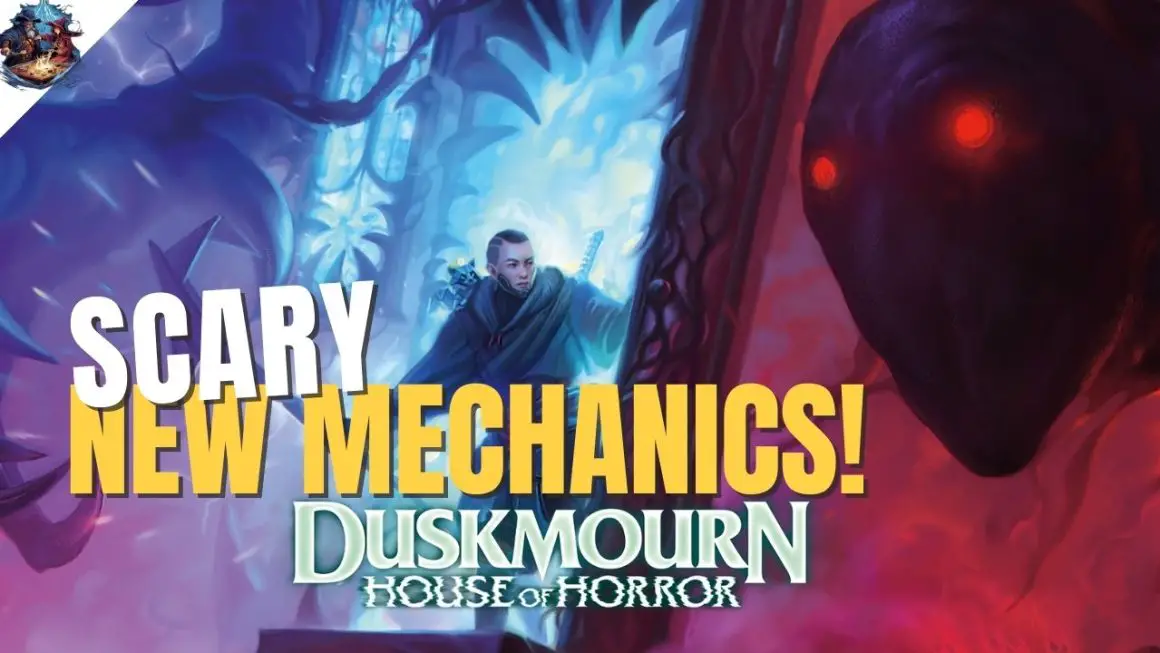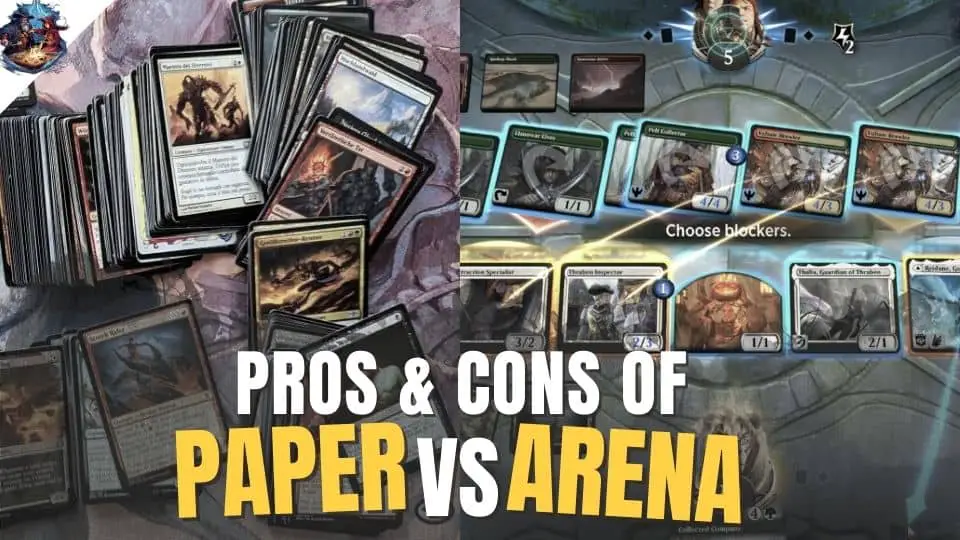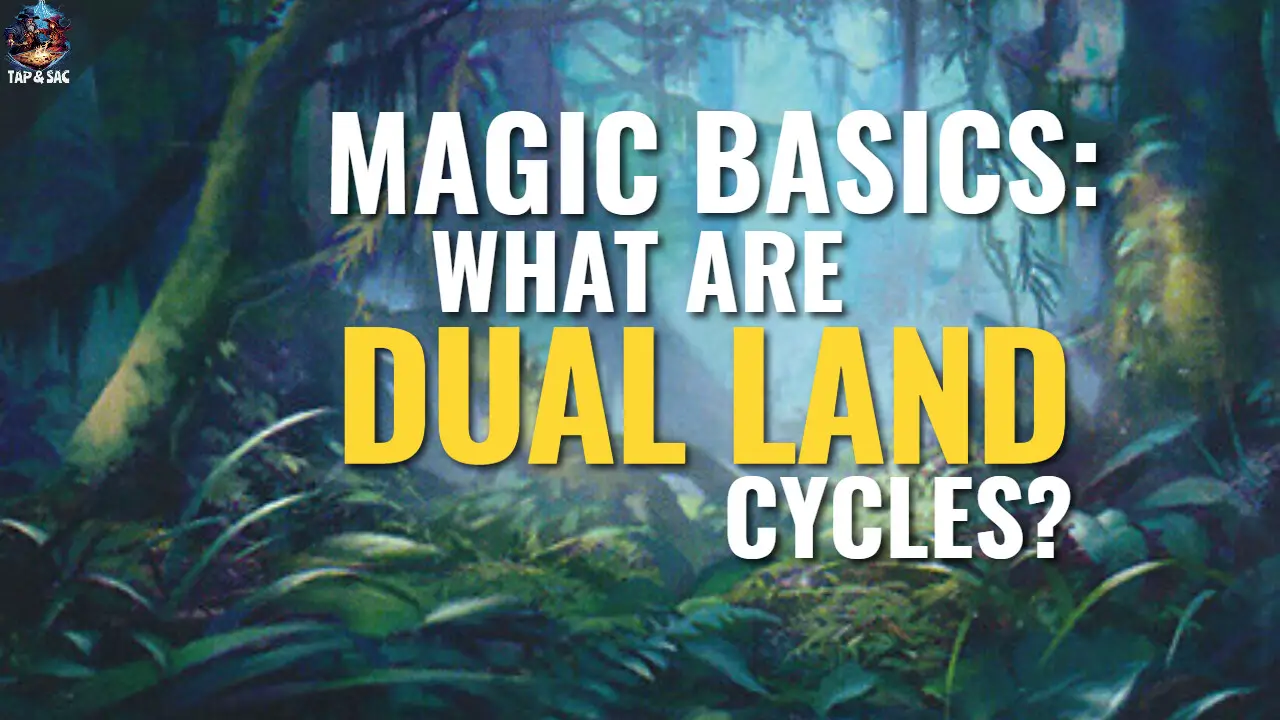Older players may scoff and say “play whatever you want,” but for someone starting out, the problem of choosing a colour is like deciding what to pursue as a career. The good news is that playing MTG and its different colours isn’t as long-lasting or consequential as picking a professional path.
So what colour do you start with? The easiest path is to play the colour (or colours) that resonates with your own personality and character. Each colour and the various combination duos in MTG represent certain traits, for example purity, knowledge, passion, death etc. By picking the themes and principles that resonate with you the most, you will have found your first love colour.
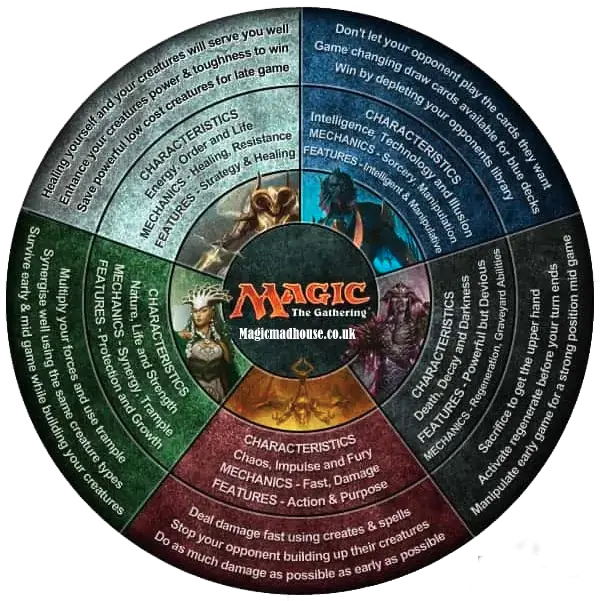
White: Values and Deck Archetypes
The first colour in Magic’s wheel is White. It represents purity, protection, holiness and life. Think of a bride’s wedding gown, often chosen to be all-white because of it symbolises the woman’s purity and beauty. Plains – the Basic Land – that produces White Mana, is a scene of calm and serenity, untouched by Man.
In the game itself, life gain mechanics and archetypes belong almost exclusively to White. You’ll find plenty of Lifelink and Vigilance mechanics in White Creatures, and effects tend to make use of the more powerful Exile rather than Destroy – another indicator that White dabbles in more holy intervention.
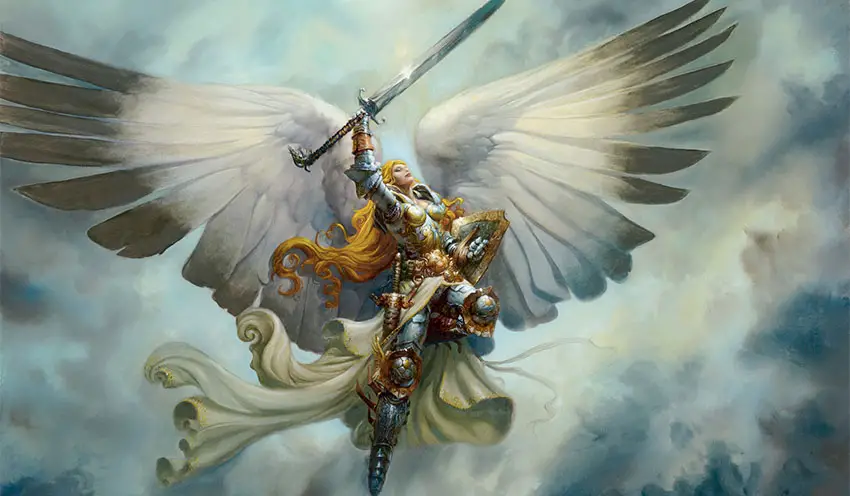
Because of that, Angels are also highly recognisable in White. Of course you can find Angel Creatures in other colours but they are an exception rather than the norm. Popular Angels such as Serra Angel, Lyra Dawnbringer, Shalai, Voice of Plenty, and Resplendent Angel are all in White.
Blue: Values and Deck Archetypes
The next colour is Blue, a close companion to White as it shares an altruistic nature in its abilities. Blue is all about knowledge and control, and this is exemplified in various card draw effects as well as counter spells. The Basic Land Island and its surrounding body of water symbolises the expansive and endless depths of knowledge.
There are lots of Blue spells – Creatures, Enchantments and Instants – that allow you to Scry or draw multiple cards. Blue decks rely on this wealth of options and knowledge to get ahead of its opponents. Like White, Blue’s removal spells tend to be rather indirect, often relying on bounce or tapping tricks rather than outright destruction.
Another hallmark of Blue are its counter spells. In some ways counter spells are better than removal spells because it stops all effects. For example, countering a Ravenous Chupacabra will stop its destroy effects immediately, whereas a spell to kill the Chupacabra later on will be too late as its “Enter the Battlefield” ability has already resolved.
Black: Values and Deck Archetypes
Undying in fashion, Black carries similar themes in Magic: the Gathering. It loves death and decay, but also to return Creatures from the dead. Zombies are a perennial favourite of Black and you’ll find lots of spells and abilities that play with your (or the opponent’s) Graveyard. Generating Black Mana are Swamps, known for murky depths and bacteria festering within its damp environment.
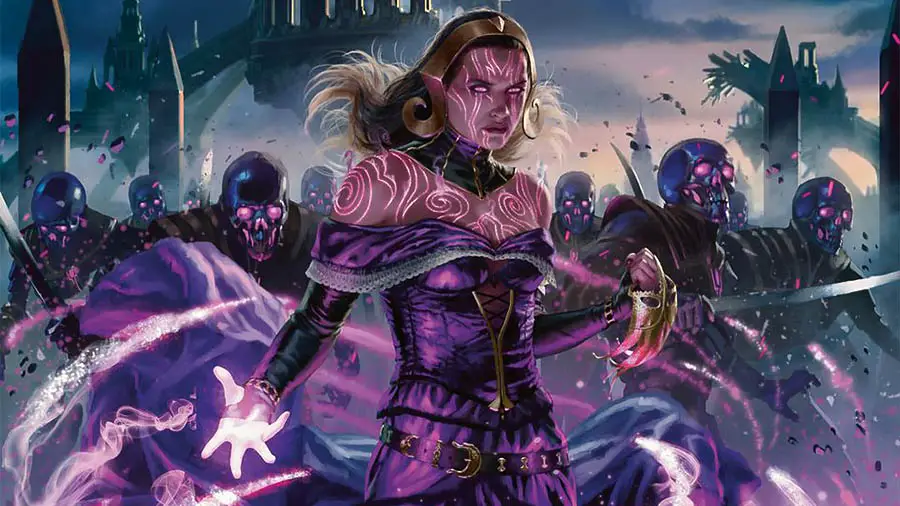
Demons are another common Creature type of Black. They are very powerful but often come with some kind drawback – a sacrifice that fits into the colour’s theme. That said, Black’s removal spells are some of the most powerful as it doesn’t shy away from dealing a killing blow. It has no problem handing death to a Creature or Planeswalker, but it does have trouble with Enchantments (that White specialises in). As you can guess, White and Black are lifelong enemies, though it doesn’t mean you cannot use both colours together.
A typical Mono Black deck would drain the opponent’s life, cause them to sacrifice their own Creatures, or beat them down with endlessly spawning Zombies. If you like instilling fear and death quickly onto your opponents, Black might be the colour for you!
Red: Values and Deck Archetypes
Fire and passion define Red and is a close cousin of Black, as it likes to be aggressive and kill off anything that stands in its way.
Red spells are known for direct damage, with cards such as Lightning Bolt and Lightning Strike able to deal numerical damage directly to an opponent – a special trait that other colours do not have much of. While that is great when bringing an opponent’s life total down, it’s not good when you have a 3 damage spell against a big Creature with 6 Toughness.

On the ground, Red Creatures are well known to have Haste, meaning they can attack on the same turn they were cast. This falls nicely into Red’s aggressive and passionate nature, as it wants to take out the enemy as quickly as possible. Goblins best represent Red with their unpredictable and explosive nature, hence Red decks tend to be a fast-paced deck with a mix of hasty little critters and a bunch of burn spells for direct damage.
If you’re rather impatient and like things to happen quickly, we highly recommend Red for you to try out!
Green: Values and Deck Archetypes
Green is the land of stomping beasts and magical Creatures. It values growth, size, and both the wonders and dangers of nature to its benefit. No surprise that Forests are the Basic Land that provides Green Mana. Green Creatures such as Llanowar Elves also have the distinct ability to tap for Mana, much like a Land. It allows Green to quickly surpass any colours in Mana resources, allowing you to cast bigger spells sooner.
And since trees are rooted to the ground, you’ll find many of these big Green Creatures have Trample but not Flying. The idea is that they’re so big that they can’t take to the skies, but some do have Reach, which allow them to block Flying Creatures. This susceptibility to flyers is a weakness in Green but they make it up for gigantic monsters that beat Creatures from any other colours.
Green’s Instants and Sorceries also lean heavily toward pumping stats or getting two Creatures to ‘fight’ against one another. If you believe size matters, and having the biggest stick makes a stronger statement, then Green is clearly the colour for you to play!
Zero Colours: Values and Deck Archetypes for Artifacts
Don’t like any of the colours? You can even go neutral! It’s like being a freethinker where you can connect with different facets of different colours. In Magic, this translates to playing a Colourless deck, built mainly with Artifacts. Unfortunately there are no colourless Instants and Sorceries, so you could play coloured ones or totally omit them from your deck.
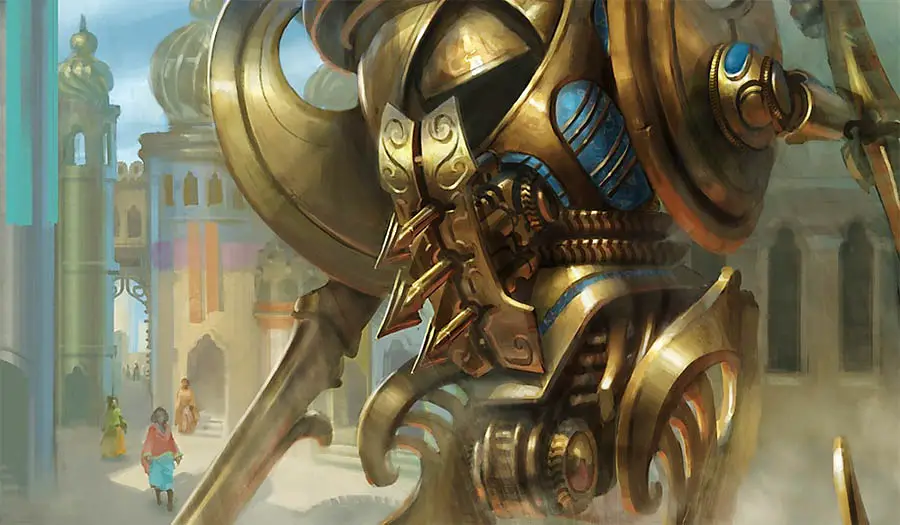
What If I Want To Play 2 or More Colours?
The beauty of deck building in Magic: the Gathering is that you can play 1 colour, 2 colours, or even 5 or 0 colours! Every combination of colours has certain synergies based on the individual core colours’ strengths. For example, a Blue-White deck – otherwise known as Azorius, originally introduced in the Ravnica block – is strong in control (counter spells) and life gain and many of these decks are focused on board control.
There are in total 10 different dual-colour combinations in Magic, and while we won’t go into all them, each pair represents a guild in the Ravnica storyline, and each possess unique traits and mechanics. Whatever your choice, play around with different combinations, or just stick to one to keep it simple!


